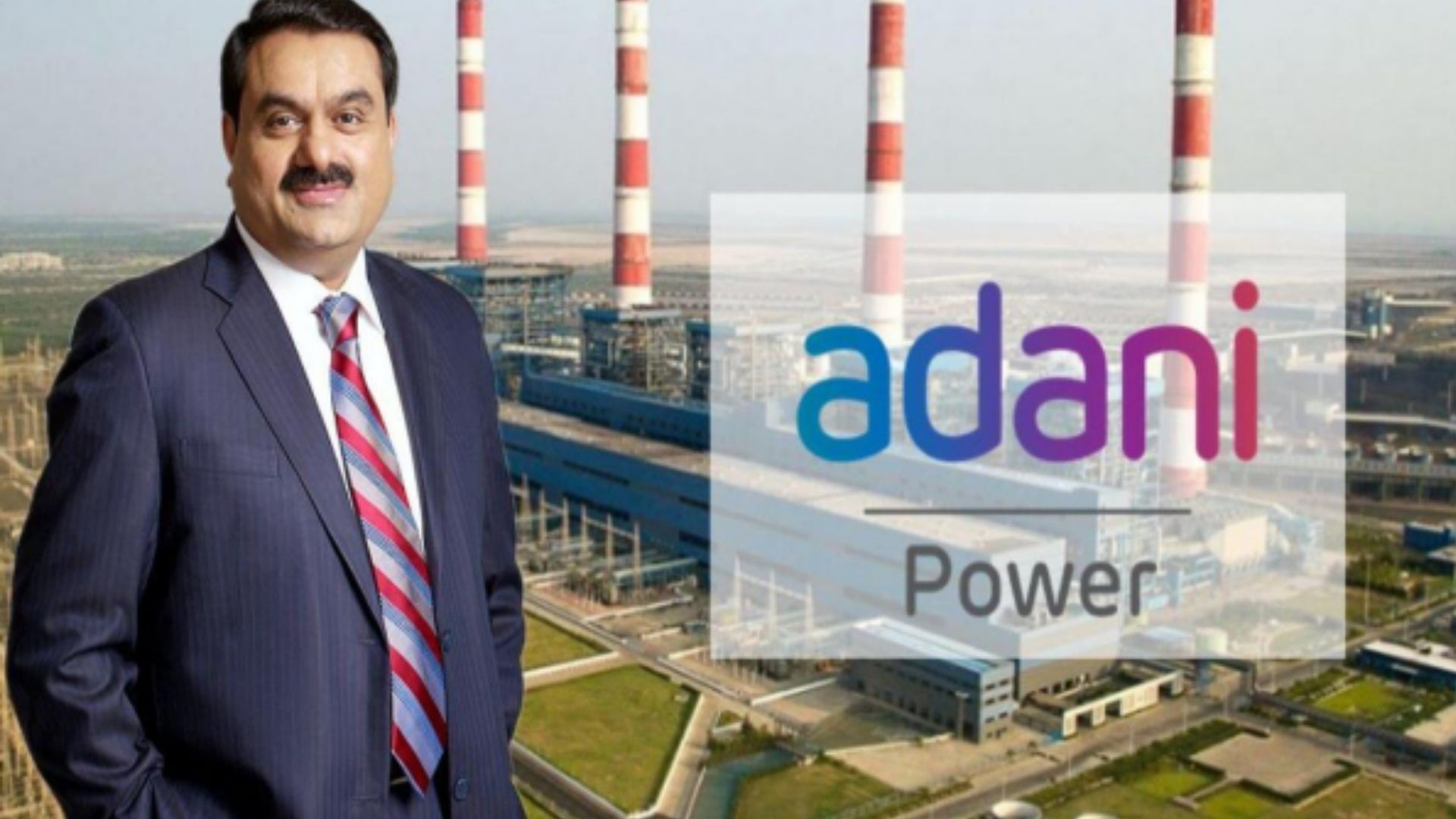Introduction
Adani Power has announced its first ever stock split, creating a buzz among investors and market watchers. On September 22, 2025, the company’s shares began trading in a new split format. While this kind of corporate action may sound technical, the truth is that it has direct implications for retail investors, affordability, and market participation.
In this blog, we’ll break down what the stock split means, why Adani Power chose this route, and how it might impact you as an investor.
What is a Stock Split?
A stock split is when a company increases the number of shares by dividing each existing share into multiple new shares. The face value of each share reduces proportionally, but the overall value of the company and your investment remains the same.
Example:
- Before split: 1 share at ₹700 with face value ₹10
- After 1:5 split: 5 shares at around ₹140 each with face value ₹2
- Your total investment value remains ₹700
This does not change the company’s fundamentals—it’s simply a way to make shares more accessible.
READ MORE : https://digitalmohit.co.in/category/news/
Details of Adani Power’s Stock Split
- Split Ratio: 1:5 (every 1 share is converted into 5 shares)
- Old Face Value: ₹10 per share
- New Face Value: ₹2 per share
- Ex-Split Date: September 22, 2025
- Effect on Price: The share price adjusted downward to one-fifth of its pre-split value, but investors now hold more shares in proportion.
Why Did Adani Power Announce a Stock Split?
1. To Make Shares Affordable
Adani Power’s share price had risen significantly in recent years, making it less accessible for small investors. The split reduces the per-share price, encouraging broader participation.
READ MORE : https://digitalmohit.co.in/category/business/
2. To Improve Liquidity
With more shares available in the market, trading activity can increase. This can make it easier for investors to buy and sell without facing wide price gaps.
3. To Build Market Sentiment
Stock splits often generate positive momentum in the market. Lower entry prices can attract new investors, boosting confidence and trading volume.
READ MORE : https://digitalmohit.co.in/
How Does It Benefit Investors?
- Small Investors Gain Access: Many investors who previously avoided the stock due to high price may now participate.
- Higher Trading Volumes: More liquidity often means smoother buying and selling.
- Psychological Advantage: A stock priced at ₹150 feels “cheaper” than one priced at ₹750, even though the total value is the same.
- Potential Market Rally: Historically, many stocks experience short-term gains after a split as enthusiasm builds.
Things to Keep in Mind
- No Change in Fundamentals: The split does not make the company more profitable. Business performance remains the same.
- Volatility is Possible: Prices may swing in the short term as the market adjusts.
- Long-Term Perspective is Key: True gains depend on earnings growth, regulatory clarity, and energy sector performance, not just a stock split.
- Not Always Positive: While stock splits often improve participation, they do not guarantee higher returns.
Long-Term Implications
For Adani Power, the split could be a strategic move to bring in more retail investors and strengthen market presence. Over the long term, the actual impact will depend on:
- Power demand and supply in India
- Regulatory approvals and government policies
- The company’s expansion into renewable energy
- Debt management and earnings growth
If Adani Power continues to deliver strong financial results, the stock split can be seen as the beginning of a broader growth journey for shareholders.
Conclusion
The Adani Power stock split is an important milestone for the company and its investors. It makes shares more affordable, improves liquidity, and creates a psychological boost in the market. However, investors must remember that splits do not change the company’s fundamentals.
If you are considering investing in Adani Power after the stock split, focus on the company’s long-term performance, regulatory environment, and financial strength rather than just the reduced share price.
















Leave a Reply